Rising prices for motor fuels and food has driven the rate of inflation relentlessly higher to a 40-year high, new figures have shown.
The Consumer Prices Index (CPI) rose by 9.4% in the 12 months to June, up from 9.1% in May, according to the Office for National Statistics (ONS).
This was the highest rate since February 1982, economists said.
Cost of living crisis: what is inflation?
River House seafood and shellfish restaurant in Inverness owner Allan Little says his business is not immune to building supply chain and commodity cost pressures.
This has caused his costs to rise, but customers are still taking it in their stride – for now.
Situated on the banks of the River Ness at the foot of the Victorian-built Greig Street suspension bridge, the restaurant serves mainly locally-sourced seafood including oysters, crab, mussels, langoustine, clams, halibut and bass.
“We are experiencing the same as (any) household; gas, electricity, fuel for the van. Hospitality is having a hard time as everybody is,” said Mr Little.
“We are absorbing some (costs) but we have had to pass some on – I just can’t get by without passing it on.
Costs ‘going through the wringer’
“It is a huge knock-on effect. Unfortunately it starts with a source, then it just rolls, rolls, rolls, so by the time it gets to the customer, it has gone through the wringer and that’s the final price.
“We have had to look at everything across the board. Hospitality in its natural world needs to be hospitable and we don’t want to lose custom or send customers away thinking, that’s expensive, we look for repeat business.
“I have to say at this point, whether it is because the sun is coming out and everybody is allowed out to play after a couple of years locked up, it doesn’t seem to be too much adverse conversation about it.
“I think come the winter time, then we might see something but at the moment they are pretty good with it.
“We source from local suppliers and we want to keep them in a business – hopefully they’ll keep us in business.
“That’s all we can ask of each other to be honest.”
ONS Chief Economist Grant Fitzner said the rate of inflation again rose to stand at its highest rate for over 40 years showing that there is no easing in the cost of living crisis for most people.
“The increase was driven by rising fuel and food prices, these were only slightly offset by falling second-hand car prices,” he said.
“The cost of both raw materials and goods leaving factories continued to rise, driven by higher metal and food prices respectively. These increases saw raw materials post their highest annual increase on record, with manufactured goods at a 45-year high.”
How high can it go?
Kevin Brown, savings specialist at Scottish Friendly said the real worry for households is not knowing how high cost rises might continue to go as the cost of servicing mortgages and debt is also expected to rise while wages remain low.
“The latest forecast from the Monetary Policy Committee is that inflation will reach 11% in October when energy prices are expected to spike once more.
“Managing these increases is becoming harder and harder for families, as incomes are squeezed more tightly.
“When factoring in inflation, wages excluding bonuses fell by a record 2.8% over the past year, and households could see their take home pay drop further in the coming months.
“During this time, interest rates could also rise significantly with expectations that they will reach 2% by 2023.
“It will mean higher mortgage payments and increased borrowing costs, which are going to be hard to swallow for households already struggling to make ends meet.
“Savers may benefit eventually but a lot of people are struggling to find spare cash at the moment and with the gap between interest rates and inflation at its highest for 50 years, people’s long-term wealth is also depreciating.”
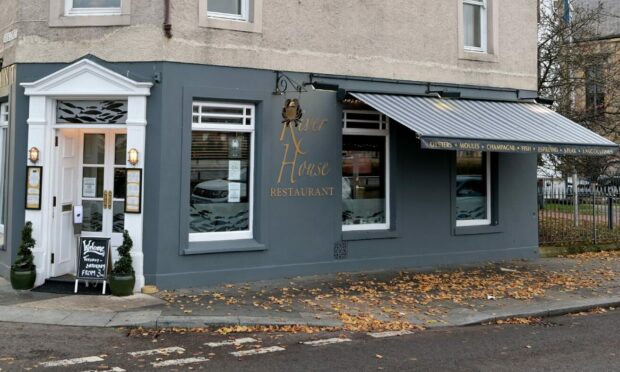
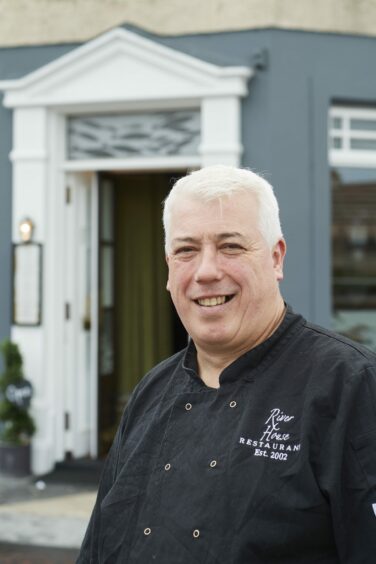
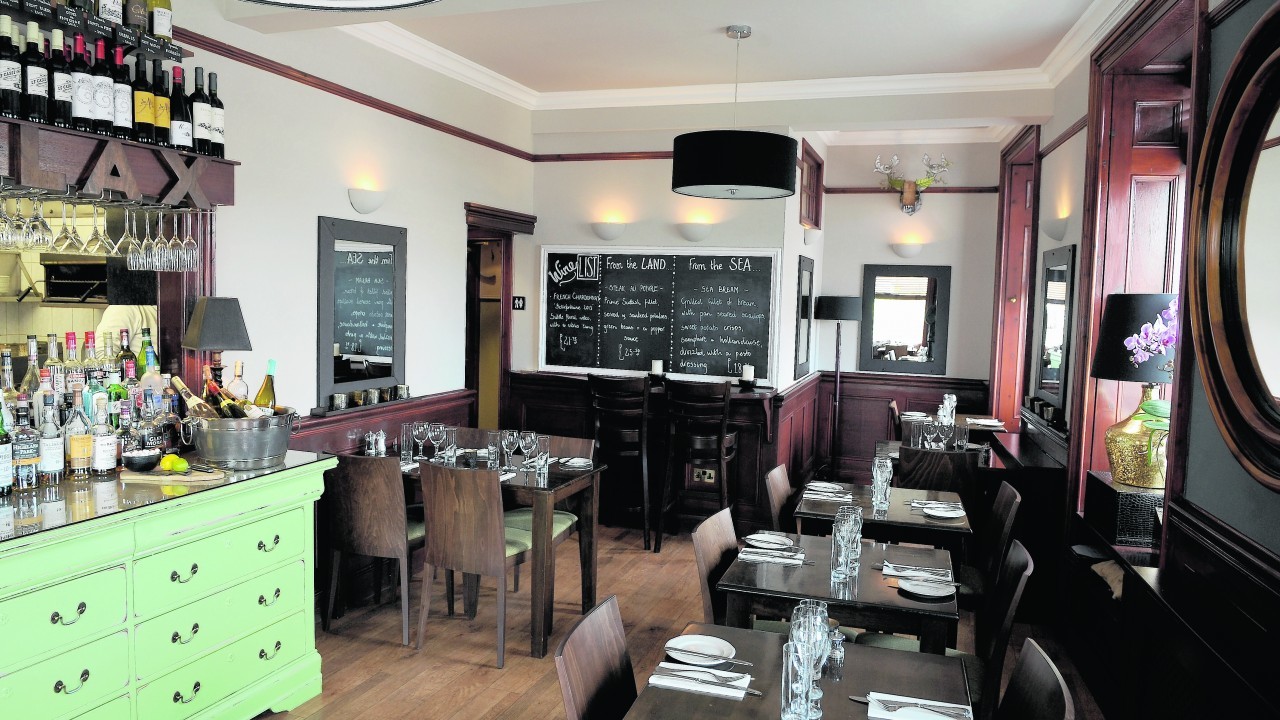
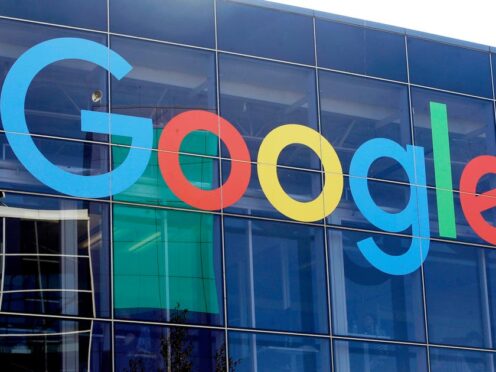
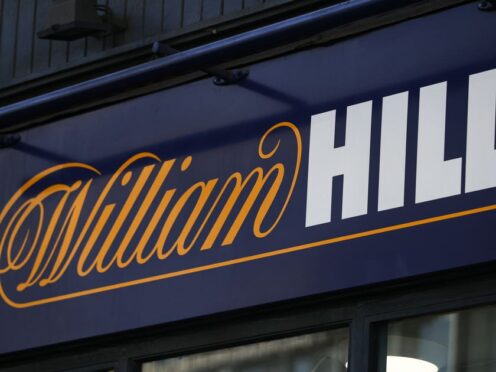
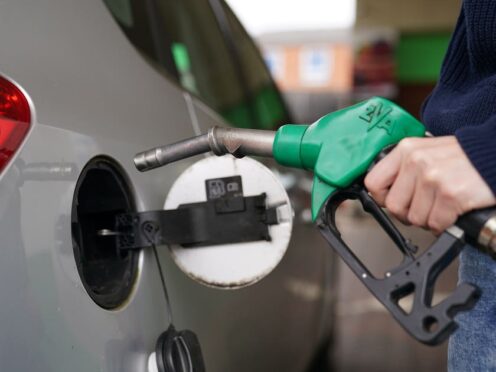

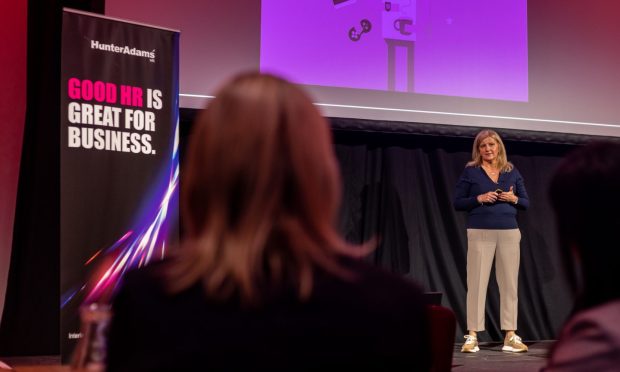
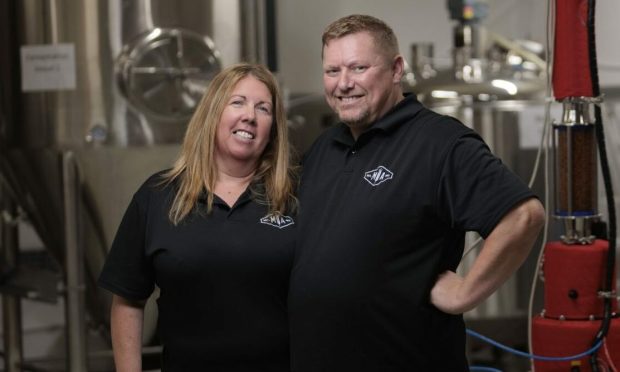
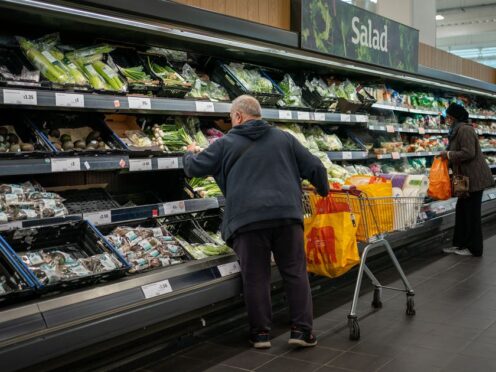
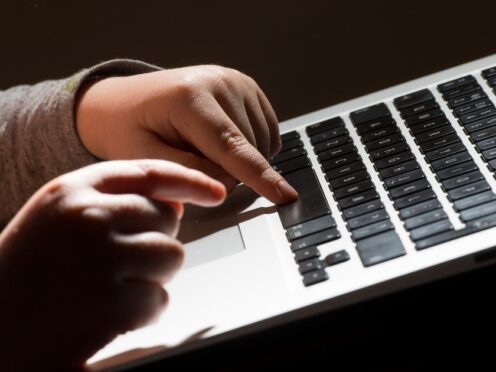
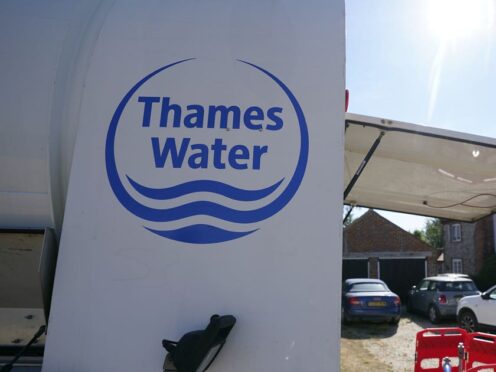
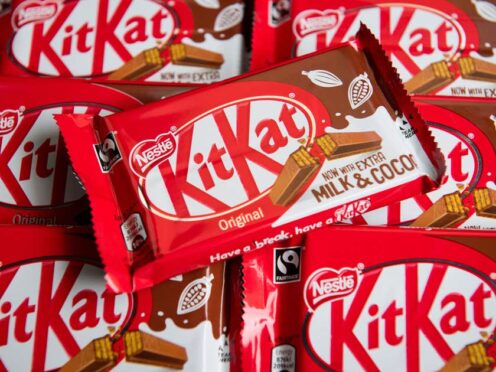
Conversation